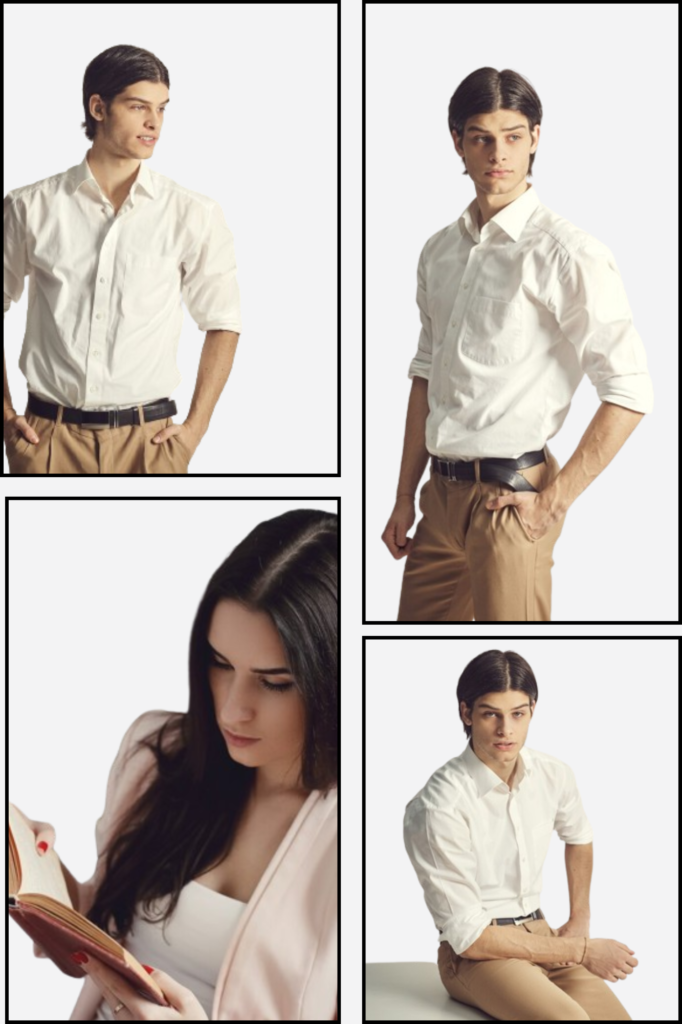
Clothing is not just a mere covering for our bodies; it’s a form of self-expression, a reflection of culture, personality, and even socioeconomic status. From the classic elegance of a tailored suit to the casual comfort of jeans and a t-shirt, our attire speaks volumes about who we are and how we want to be perceived.
Fabrics play a crucial role in clothing, ranging from natural fibers like cotton and wool to synthetic materials such as polyester and nylon. Each fabric offers its own unique feel, durability, and aesthetic appeal, catering to diverse preferences and needs.
Styles evolve with time, influenced by trends, historical periods, and individual tastes. What was fashionable yesterday might be outdated tomorrow, yet certain timeless classics endure through generations, imbued with a sense of nostalgia and elegance.
Accessories complement our attire, adding flair and functionality. Whether it’s a statement necklace, a sleek watch, or a vibrant scarf, these embellishments enhance our outfits, elevating them from ordinary to extraordinary.
Cultural influences shape clothing choices, with traditional attire serving as a link to heritage and identity. From the vibrant hues of Indian saris to the intricate embroidery of Japanese kimonos, cultural garments celebrate diversity and craftsmanship.
Fashion designers are the creative visionaries behind clothing collections, translating inspiration into wearable art. Their designs reflect current moods, societal movements, and artistic sensibilities, pushing boundaries and redefining norms.
The fashion industry encompasses a vast ecosystem of manufacturers, retailers, and consumers, driving economic growth and innovation. From haute couture runways to fast fashion outlets, the market caters to a wide spectrum of tastes and budgets.

